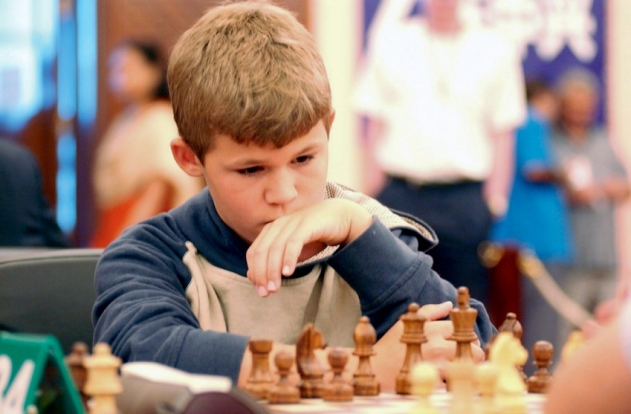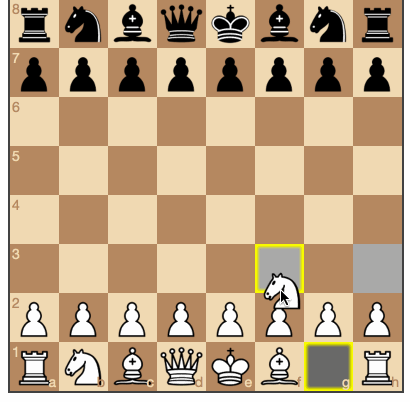
Here is a great example in which one engine, Stoofvlees, sees the coming zugzwang after 21.h3!!, but Stockfish doesn't appreciate the problem in time and loses as a result. More complex zugzwangs may take many, many moves to be apparent.

A player is on move and has a position that would be fine if no move was required however, chess does not permit a player to pass so a move must be made and the position will crumble. Zugzwang is a German phrase often translated in chess contexts as "compulsion to move." Simple zugzwangs are typically easy to understand. Petrosian has received some criticism in chess literature for his haste, but your chess engine will be just as happy to take the queen!īoth chess beginners and elite chess engines are challenged by the concept of zugzwang. In the following famous positional sacrifice/swindle, GM Laszlo Hazai offered his queen as a luscious bait, and GM Arshak Petrosian naively took the bait. Rybka that chess engines often don't understand closed positions well. We've already seen in the Penrose puzzle and in Nakamura vs. For the purposes of this article, if a strong human can grasp the key idea quickly, but a chess engine must strive to reach a great depth, we will consider the human's understanding superior in these specialized cases #1: Closed Positions What may be challenging for an older engine or a certain type of engine may be less so for another. You will get different results with Stockfish 13, Leela Chess Zero, and other engines at different depths. Note: Some engines are better than others at evaluating these positions. Where available studies are sourced from Van der Heijden's Endgame Study Database, the most complete and well-referenced set of studies. Many of the following positions are included in one or both of the "IQ Test" and " The Hard TalkChess 2020 Test" from, one of the most popular computer chess forums.

While some modern engines may be able to solve these positions with considerable time to think and a lot of powerful hardware, many of these positions will fully defy the understanding of even the best modern engines. To demonstrate this, I've selected ten types of positions that your brain may be better able to understand than a silicon imitation. There are many more fascinating positions that baffle even the most advanced chess A.I. Humans will easily see that White can do nothing, and Black will have no plausible attempts to win, but chess engines will assert that Black is easily winning due to the numerous extra black pieces on the board. Typically these positions showcase the human ability to think creatively and formulate plans and understand long-term factors in the position.Īn example is this position by Nobel Prize winner Roger Penrose, brother to GM Jonathan Penrose.

Photo: Maria Emelianova/.ĭespite the clear superiority of engines, there ARE positions which chess engines don't (and possibly can't) understand that are quite comprehensible for human players.

Carlsen would not have much hope of defeating the top engines. I see no reason to disagree with this consensus. The broad consensus seems to be that the very best humans might secure a few draws with the white pieces, but in general, they would lose the vast majority of games and would have no hope of winning any games. Today, the best chess engines are an almost incomprehensible 1,000 Elo points stronger than Deep Blue was at that time.Ī quick Google search for terms such as "Magnus Carlsen versus Stockfish" turns up numerous threads asking if humans can compete against today's top chess engines. Since IBM's Deep Blue defeated World Chess Champion Garry Kasparov in their 1997 match, chess engines have only increased dramatically in strength and understanding.


 0 kommentar(er)
0 kommentar(er)
